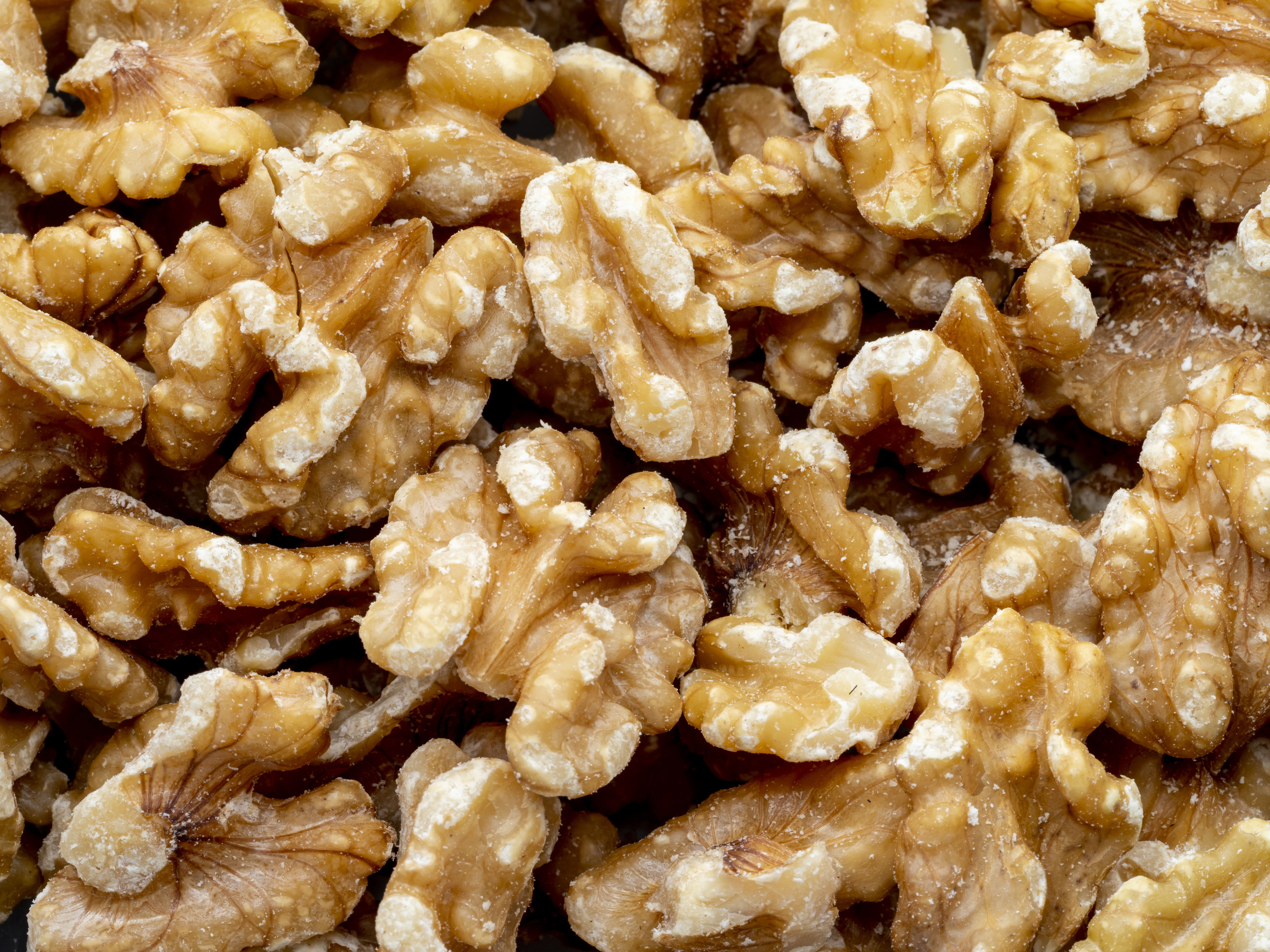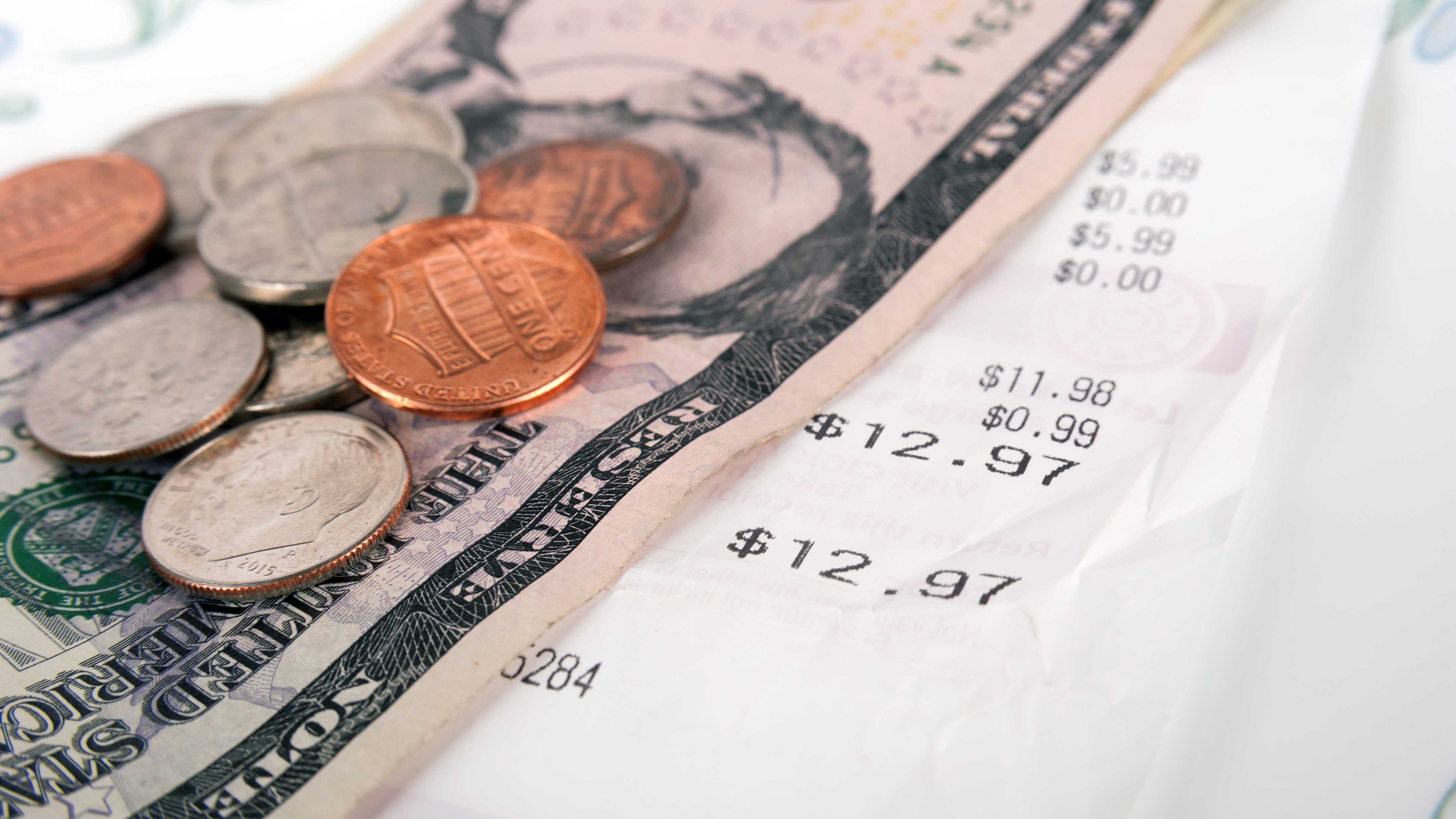How ready are you for the next big earthquake?
That’s the question thousands across California are asking themselves after a 6.0 earthquake hit the Napa Valley area early Sunday morning.
The California Department of Insurance (CDI) has released a checklist of sorts to make sure you are prepared if – or when -- that Big One hits.
PREPARING
First, officials recommend reviewing your insurance policies at least once a year with your agent or broker to make sure your home is covered, and if you’re in a temblor-prone zone, think about getting a separate policy.
The CDI warns that most homeowners’ and renters’ policies don’t cover damage from earthquakes.
Older or multi-story homes can be retrofitted to increase safety in case of a big shaker.
California
News from across California
Retrofitting measures include bolting your home’s wooden frame to the foundation so the structure won’t slide off. If your home is on a raised foundation, you can brace the “cripple walls” to reduce damage.
Your water heater can post a fire and water damage risk if it topples during an earthquake, so the CDI said you can brace it as well.
In mobile homes, earthquake-bracing systems reduce the chance of them slipping off support jacks.
You can use child-proof latches on your cupboards so they don’t fly open and dump their contents as the ground shakes, and fasten bookcases, mirrors, televisions and other tall and heavy objects with wall studs.
Gas appliances should be fixed with flexible attachments, and everyone in the family should know how to shut the gas off.
You should always keep an emergency supply kit in an easy-to-access location.
SURVIVING
If you are inside when an earthquake hits, drop to the ground, take cover under a sturdy table or piece of furniture and hold on until the shaking stops.
Stay away from glass, windows, outside doors, walls or anything that could fall, FEMA recommends.
Do not take cover in a doorway unless you know it’s strongly supported. Stay inside until the ground stops moving.
If you are already outside, move away from buildings, streetlights and utility poles and wires.
You could also be in a vehicle when a quake hits. In that case, FEMA says you should stop as quickly as you can, staying away from buildings, trees, overpasses and poles.
Finally, if you are trapped under debris, avoid breathing in dust. Don’t light a match or move around too much. Instead, tap on a pipe or wall or blow a whistle so rescuers can find you; yell only as a last resort so you don’t inhale too much dust.
RECOVERING
Once the shaking stops, make sure it’s safe before you move out of the building -- if you’re not already outside.
FEMA says you should then try to help injured or trapped victims, but beware of aftershocks.
If you can, grab a fire extinguisher and look for small fires to put out, since that is the most common hazard after an earthquake.
Check your utilities for gas leaks, water line damage or electricity damage, and open your cupboards slowly to make sure things haven’t shifted around too much.
Many more tips can be found at the NBC4 Earthquake Coverage page



